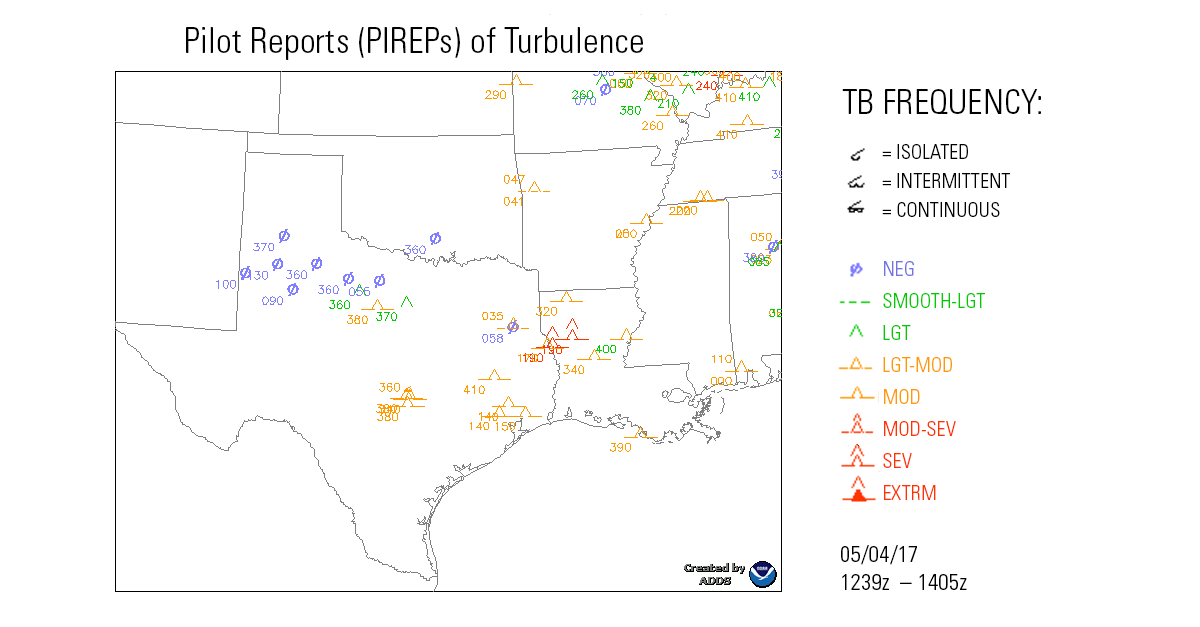
May 4, 2017
The NTSB recently released a special report that echoes NBAA’s position that pilots, dispatchers and air traffic controllers need to be more active in sharing information about conditions aloft so that pilot reports (PIREPs) can help improve aviation safety.
Improved training led the NTSB report’s list of 16 ways to improve the PIREP system. The report stressed the need for pilots to be familiar with the PIREP format, have good weather-assessment skills, and understand how to process PIREPs. The report recommended the addition of instruction about PIREPs to scenario-based recurrent-training programs for pilots. Noting that some operators consider PIREPs made to their dispatchers as proprietary information, the report urged aviators to reconsider that position and share weather information with ATC.
View the NTSB’s report on PIREPs.
Summarizing the NTSB report, John Kosak, weather project manager at NBAA Air Traffic Services, noted that to make the PIREP system better, the key players need to be more active participants in the system. “Communication is really the big thing.”
NBAA urges its members to actively participate in the generation and distribution of PIREPs, said Kosak.
“Their contribution not only has an impact on their individual flight, but it benefits the flights of their fellow members, today and in the future,” he said. There are numerous ways for members to get their PIREPs into the system, including direct to ATC, or through apps as well as flight plan service providers.
“Pilots and dispatchers need to submit PIREPs, even if it is a null report,” added Kosak. “If a flight does not encounter forecast turbulence or icing, for example, that is important information that improves the defined area of AIRMETs and SIGMETs, and it helps with future forecasts.”
View an article in NBAA’s Business Aviation Insider magazine on the importance of PIREPs.


 International Business Aviation Council Ltd.
International Business Aviation Council Ltd.